Introduction
Wedding photography is a delicate art that requires skill, knowledge, and creativity to capture the most special moments of a couple’s big day. It is not just about taking photographs, but about preserving memories that will last a lifetime. The role of a wedding photographer is to document the day’s events, from the preparation to the ceremony and the reception, in a way that tells a story and captures the emotions of the couple and their loved ones.
Editing and enhancing wedding photography is an important part of the process, as it can transform the raw images into stunning works of art. It involves adjusting the exposure, color balance, and contrast, as well as removing any unwanted elements from the images. The goal is to create images that not only look beautiful but also evoke the emotions of the day and bring back memories of the special moments.
In this article, we will explore the various techniques and tools that can be used to edit and enhance wedding photography. Whether you are a professional photographer or an amateur, you will learn how to make the most of your images and preserve the memories of one of the most important days in a couple’s life.
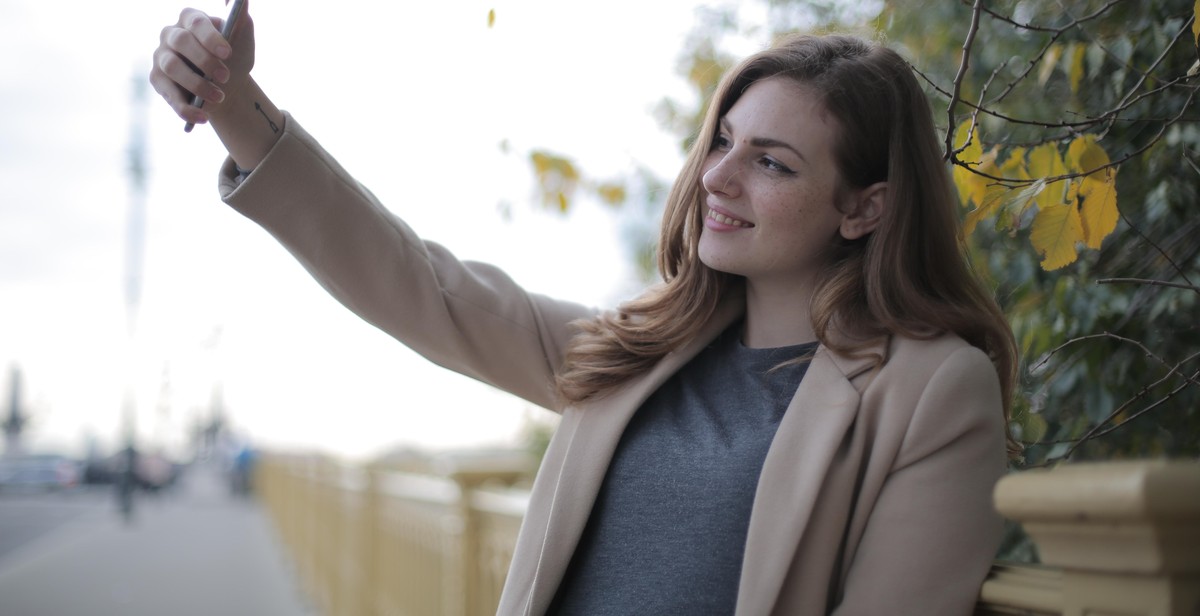
Preparing for Editing
Before you begin editing your wedding photography, it is important to properly prepare your files to ensure a smooth and efficient editing process. Here are some steps to follow:
Organize your files
The first step in preparing for editing is to organize your files. This means creating a system for naming and categorizing your photos. You may want to organize them by date, location, or event. Whatever system you choose, make sure it is consistent and easy to follow. This will save you time and frustration when it comes to finding specific photos.
Choose the right software
Once your files are organized, you need to choose the right software for editing. There are many options available, both free and paid. Some popular choices include Adobe Lightroom, Photoshop, and Capture One. Consider your budget, skill level, and the specific features you need when choosing your editing software.
Make necessary backups and duplicates
It is essential to make backups and duplicates of your files before you start editing. This will protect your photos in case of any technical issues or data loss. You can make backups to an external hard drive, cloud storage, or both. It is also a good idea to make duplicates of your original files to work on, so you always have a backup of the original.
By following these steps to prepare for editing, you will be able to streamline your workflow and ensure that your wedding photography editing process is as efficient as possible.
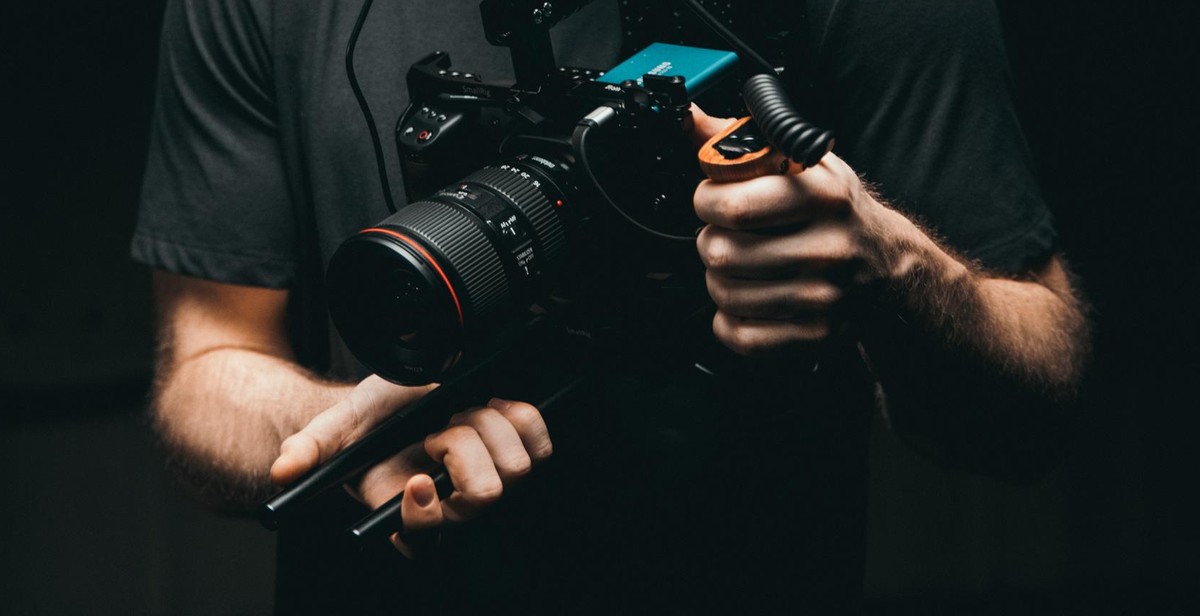
Basic Editing Techniques
Editing wedding photography is the key to preserving the memorable moments of the special day. Here are some basic editing techniques to enhance your wedding photography:
Adjusting Exposure and Brightness
Exposure and brightness are crucial elements that can make or break a photo. Adjusting exposure can help bring out the details in the shadows and highlights of the image. Brightness, on the other hand, can make the image look more vibrant and lively. Use the exposure and brightness tools in your editing software to adjust these elements and make the photo look more balanced.
Correcting Color and White Balance
Correcting color and white balance is essential to ensure that the colors in the photo look accurate and natural. Use the color correction tools to adjust the color temperature, hue, saturation, and vibrancy to make the photo look more appealing. White balance correction, on the other hand, can help to remove the unwanted color casts and make the photo look more neutral.
Cropping and Straightening
Cropping and straightening can help to improve the composition of the photo and make it look more visually appealing. Use the cropping tool to remove any unwanted elements in the photo and focus on the subject. Straightening the image can help to fix any tilted horizons or crooked lines in the photo.
Removing Blemishes and Distractions
Removing blemishes and distractions can help to make the photo look more polished and professional. Use the spot removal tool to remove any unwanted spots, blemishes, or distractions in the photo. This can help to make the subject look more prominent and draw the viewer’s attention to the important details in the image.
| Editing Techniques | Tools to Use |
|---|---|
| Adjusting Exposure and Brightness | Exposure and brightness tools |
| Correcting Color and White Balance | Color correction tools, white balance correction tools |
| Cropping and Straightening | Cropping tool, straightening tool |
| Removing Blemishes and Distractions | Spot removal tool |

Advanced Editing Techniques
While basic editing techniques can significantly enhance wedding photographs, advanced editing techniques can take them to the next level. Here are some advanced editing techniques that can preserve the memorable moments of a wedding:
Dodging and Burning
Dodging and burning are advanced editing techniques that involve selectively brightening or darkening specific areas of an image. This technique is particularly useful for wedding photographs as it can help to highlight the most important elements of the image, such as the bride and groom. By using dodging and burning, you can create a more dramatic and dynamic image that truly captures the emotion of the moment.
Selective Color Adjustments
Selective color adjustments allow you to enhance or change the colors in specific areas of an image. This technique can be used to create a more vibrant and dynamic image, or to highlight certain elements of the photograph. For example, you can make the bride’s bouquet stand out by enhancing the colors in that specific area of the image.
Creating Black and White Images
Black and white images can be incredibly powerful, particularly for wedding photographs. By removing color, you can create a timeless and classic image that truly captures the emotion of the moment. Additionally, black and white images can help to eliminate distractions in the background, allowing the focus to remain on the bride and groom.
Adding Creative Effects
Adding creative effects can be a fun way to enhance wedding photographs. For example, you can add a vintage or film look to the image to create a more romantic and nostalgic feel. Alternatively, you can add a soft and dreamy effect to create a more ethereal and magical image.
- Dodging and burning
- Selective color adjustments
- Creating black and white images
- Adding creative effects
| Technique | Description |
|---|---|
| Dodging and Burning | Selectively brightening or darkening specific areas of an image to highlight important elements and create a dramatic effect. |
| Selective Color Adjustments | Enhancing or changing the colors in specific areas of an image to create a more vibrant and dynamic image. |
| Creating Black and White Images | Removing color to create a timeless and classic image that eliminates distractions in the background and focuses on the bride and groom. |
| Adding Creative Effects | Adding a vintage or film look, or a soft and dreamy effect to enhance the emotion and mood of the image. |
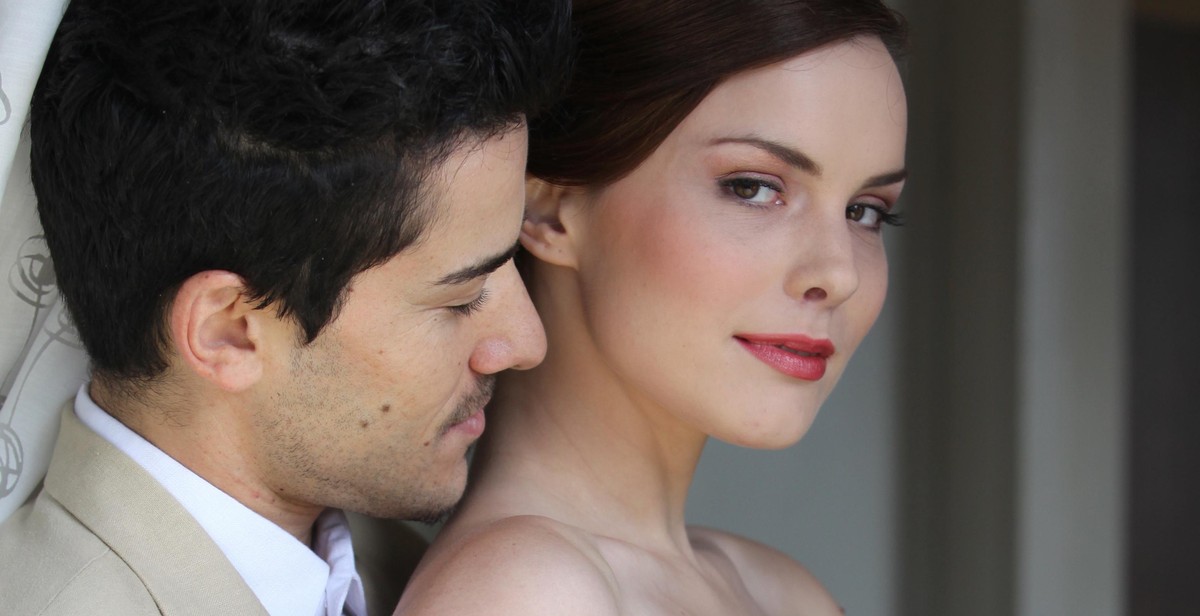
Enhancing the Story
Editing and enhancing wedding photography is not just about making the images look more attractive or visually appealing. It is about preserving the memorable moments captured on that special day and telling the story of the couple’s love and commitment to each other. To achieve this, it is essential to focus on details, create a cohesive look, and tell a story through editing.
Focusing on Details
Wedding photography is all about capturing the small details that make the day unique and special. From the bride’s dress to the groom’s boutonniere, every detail plays a vital role in telling the story of the couple’s love. As an editor, it is essential to pay attention to these details and enhance them to create a more immersive experience for the viewer.
Creating a Cohesive Look
Creating a cohesive look is essential to ensure that all the images in the wedding album blend seamlessly together. This involves color correction, adjusting exposure, and ensuring that the tone and mood of the images match. A cohesive look helps to create a more immersive experience for the viewer, allowing them to feel like they are part of the couple’s special day.
Telling a Story Through Editing
Editing is the final step in the process of telling the story of the couple’s love and commitment to each other. It involves selecting the best images and arranging them in a way that tells a compelling story. This involves selecting images that capture the emotions and moments that define the day, and arranging them in a way that creates a narrative that the viewer can follow.
Overall, enhancing wedding photography is about more than just making the images look good. It is about preserving the memories of that special day and telling the story of the couple’s love and commitment to each other. By focusing on details, creating a cohesive look, and telling a story through editing, you can create a wedding album that the couple will treasure for years to come.
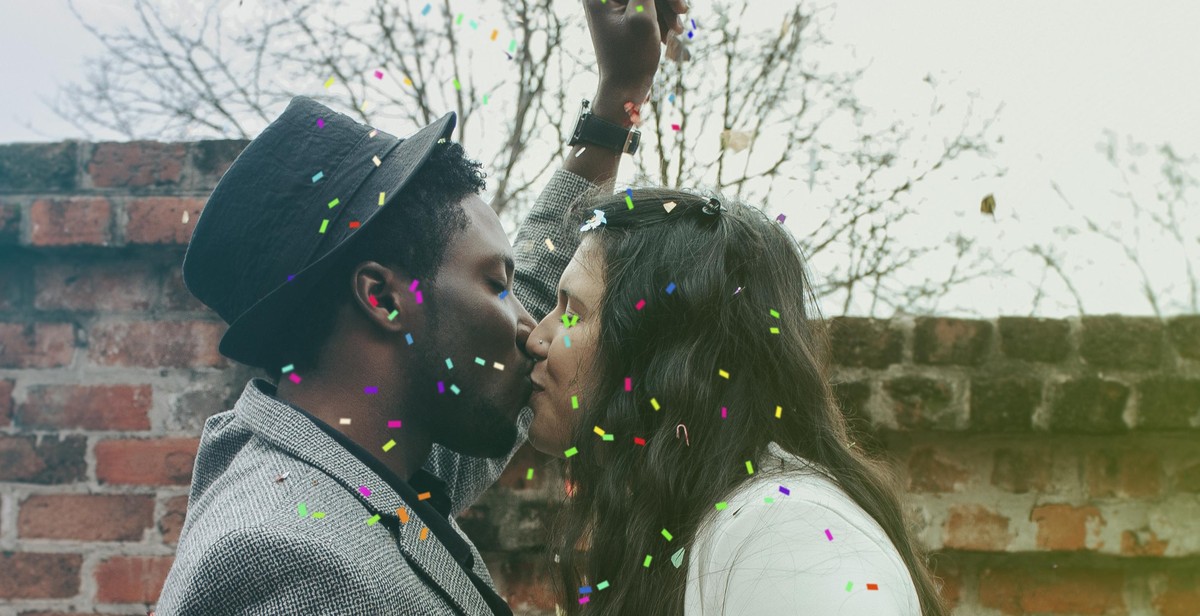
Preserving Memories
After editing and enhancing your wedding photography, it is important to take steps to preserve those precious memories. Here are some tips to help you do just that:
Saving edited files
When saving your edited files, make sure to use a descriptive and consistent naming convention. This will help you easily identify and locate specific images in the future. It is also a good idea to include the date of the wedding and the names of the couple in the file name.
Creating backups
Always make sure to create backups of your edited files. You never know when a hard drive might fail or a file might get corrupted. It is recommended to keep at least two copies of your files, stored on different devices or in different locations. You can use external hard drives, cloud storage, or a combination of both.
Choosing the right file format
When saving your edited files, choose a file format that is suitable for long-term storage. JPEG is a popular format for web and print, but it is a lossy format, meaning that it compresses the image and can result in a loss of quality over time. TIFF is a lossless format that preserves all the details of the image, but the files can be larger in size. Consider using both formats for different purposes.
By following these tips, you can ensure that your edited wedding photography will be preserved for years to come, allowing you and your clients to relive those special moments whenever you want.
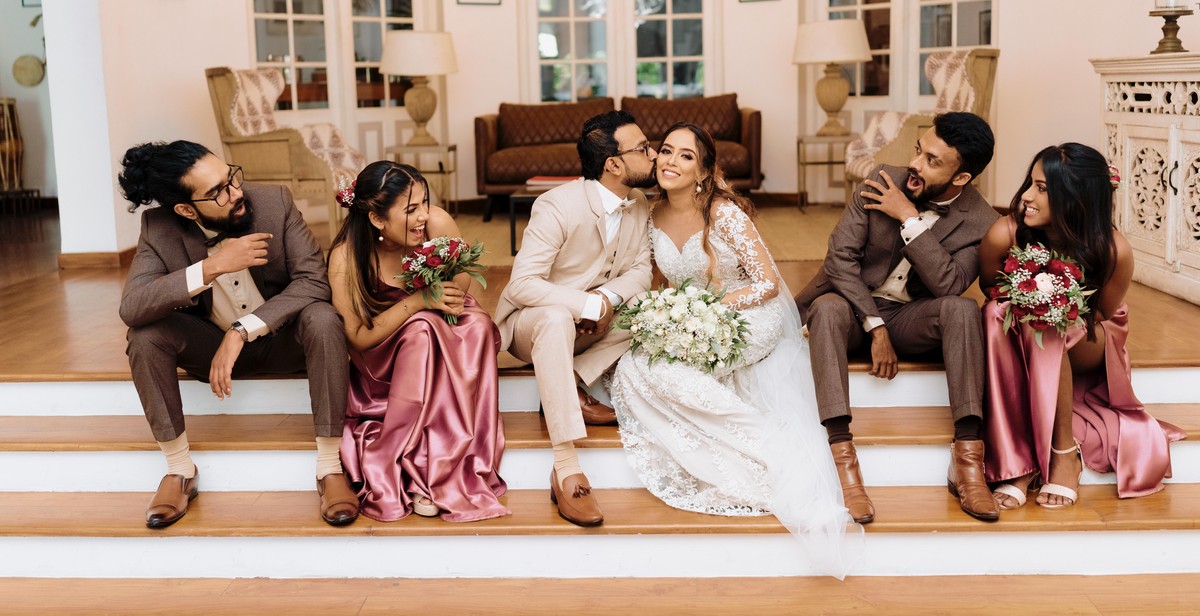
Conclusion
Editing and enhancing wedding photography is an essential part of preserving the memorable moments of the big day. By following the tips and techniques outlined in this article, you can take your wedding photography to the next level and create stunning images that will be treasured for years to come.
Remember the Basics
When editing wedding photos, it’s important to remember the basics of good photography. Pay attention to composition, lighting, and focus, and don’t be afraid to experiment with different techniques to create unique and beautiful images.
Use the Right Tools
There are many different tools and software programs available to help you edit and enhance your wedding photos. Experiment with different options to find the ones that work best for you, and don’t be afraid to invest in high-quality equipment and software if you’re serious about creating stunning images.
Stay Organized
Organizing your wedding photos is essential for ensuring that you can easily find and access the images you need. Use a system that works for you, whether it’s creating folders on your computer or using a cloud-based storage system, and be sure to back up your files regularly to prevent loss.
Practice and Experiment
Finally, the key to becoming a great wedding photographer is to practice and experiment as much as possible. Take lots of photos, try out new techniques, and don’t be afraid to make mistakes. With time and practice, you’ll develop your own unique style and create beautiful images that capture the magic of the big day.
